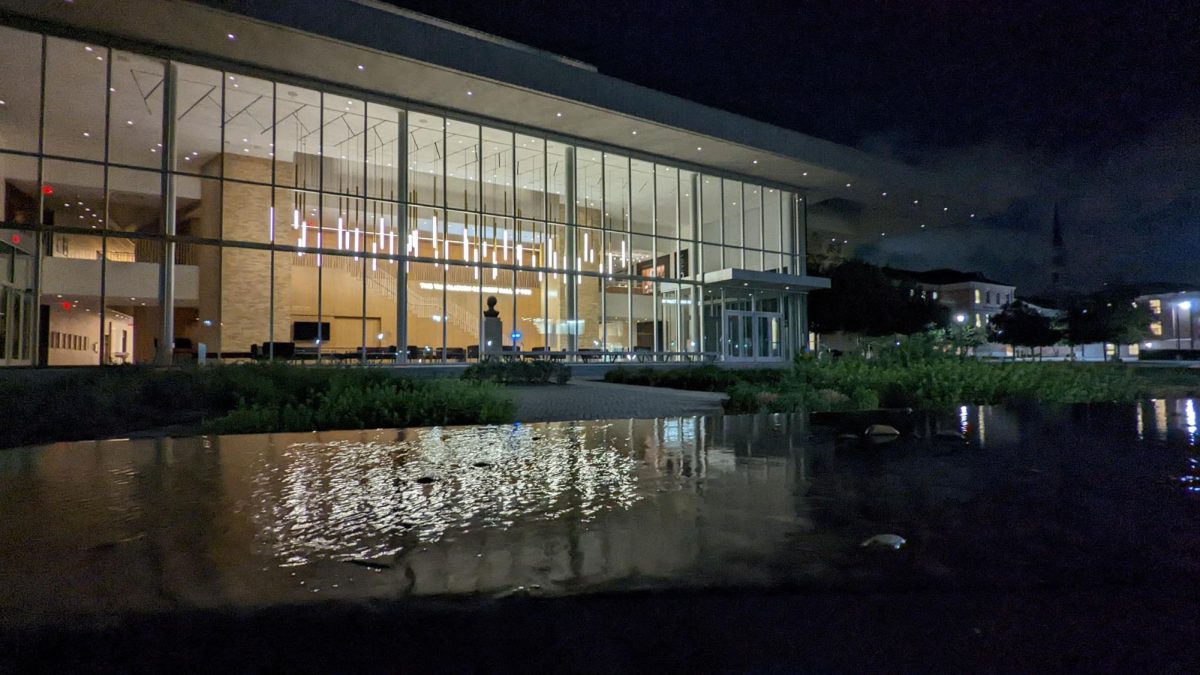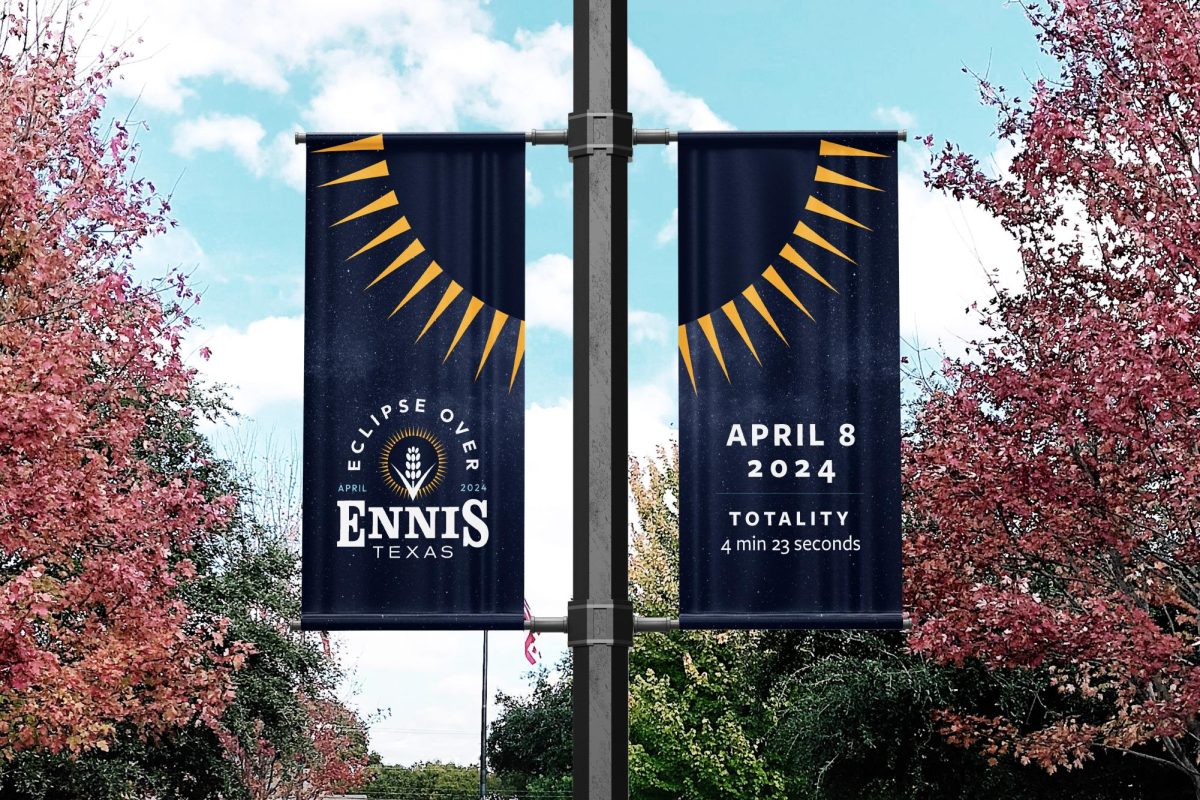Mike Smith has two large dogs that he loves to take for walks, but after his recent move to the 109’s Bluebonnet Hills neighborhood the simplicity of walking down neighborhood streets became much more complicated.
Smith moved to the 3300 block of Park Ridge about six months ago and expressed his concern over the sidewalks — or lack thereof — on his street and in his neighborhood.
Sidewalks may seem like a normal and everyday commodity, but in some of the older neighborhoods in the 109 they are rare or non-existent. The main reason many older neighborhoods lack sidewalks: It’s the responsibility of homeowners to put them in.
According to the city of Fort Worth Transportation and Public Works officials, property owners must pay for new sidewalks that are constructed in existing developed areas, like many neighborhoods in the 109, if they are not part of a specific city program.
Jim Walker, assistant director of the Transportation and Public Works Department, said that to construct one linear foot of sidewalk costs approximately $22 and that it is a realistic venture for homeowners to have sidewalks constructed on their streets.
While residents may have concerns that this responsibility should lie with the city, Walker said that holding homeowners responsible for the construction of new sidewalks is the norm. He added that the city even has the legal authority to assess the cost of building new sidewalks on homeowners after they have already been constructed.
“It’s very rare that cities would put a sidewalk in and make the home owners pay for it, even though it legally can be done,” he said. “You can issue an assessment against the whole block for sidewalk improvements.”
He noted that while this is a legal possibility, it is one that he has not seen the city of Fort Worth utilize in recent years.
On streets throughout the 109 there are several damaged sidewalks that need serious repairs. But what happens when that broken stretch of sidewalk is in front of someone’s home?
Homeowners responsible for sidewalk repair
Walker said that the city has $150,000 per year to allocate toward sidewalk maintenance and repair, which is an amount that goes by all too quickly.
“It is the property owner’s responsibility,” he said. “However, that particular policy is not adhered to very often. “They simply call upon the city to do it and if we had the funds we would, but in all likelihood we wouldn’t and therefore that condition would continue.”
While it is the responsibility of the homeowners to make these repairs, the city does not usually issue citations or assessments to enforce the policy compliance, Walker said, even though it has the legal authority to do so.
Gwen Cariker lives on the 4800 block of Selkirk Drive and says she feels the lack of sidewalks in her neighborhood causes a major safety issue to those who do choose to walk on the streets.
“There are a bunch of twisty, curvy roads here. If a car comes zooming around here and you’re in the road, it’s not safe,” she said.
Cariker said that even though she drives slowly she has come close to hitting pedestrians who are walking in the middle of the street because it is difficult to see them.
She added that while she wishes those pedestrians would walk safely on the grass, she would not be too thrilled for them to be walking through her yard on a regular basis, which leaves residents with a dilemma – there is nowhere else for them to walk.
Melissa Roberts, a resident of the 109’s Overton West neighborhood, said she thinks sidewalks are very important in the neighborhoods of the 109 where there are children present.
“It gives them a place to ride their bicycles and skateboard and not be in the street. We always worried about that when our kids were little,” she said.
Her children are both in their twenties now, but Roberts said when they were young and lived in the Westcliff neighborhood they did not have sidewalks where they could safely play. She said Overton West does not have sidewalks either but is laid out differently and is not really conducive to many sidewalks, but that they would have been beneficial in Westcliff.
She also said she feels the city should take more responsibility is maintaining the sidewalks in the area and that she can’t think of any neighborhoods in the 109 that do have functioning sidewalks throughout.
Safety is an issue
Walker said that the areas where the city tries to focus on areas that have a lot of requests for sidewalks and more potential for pedestrian traffic when looking at constructing or repairing sidewalks.
“We try to concentrate on those walkways that are in close proximity to schools, parks [and] shopping centers,” he said. “And some of those older parts of the community are naturally lacking sidewalks even though they do have lots of neighborhood schools and parks.”
There are obvious safety issues for children and families, but there are other inconvenience and safety factors for older residents of the neighborhoods.
Smith lives only a few blocks down from Bluebonnet Circle, where there are numerous restaurants and shops, but he can’t walk the couple of blocks it takes from his house to get there without having to walk in the street.
“There are a lot of people that walk to [Bluebonnet Circle], and the sidewalks stop about a block from the circle,” Smith said. “So people have to walk on the street at night.”
He said he thinks it is only a matter of time until someone gets hit walking on these streets at night because of the lack of sidewalks.
Roberts said that she thinks that although the city has made efforts to be pedestrian-friendly, the residents need more.
“We’ve made efforts to be pedestrian-friendly with all of our bike trails and running paths and the way our parks are set up, but because Fort Worth is such a city of neighborhoods, they should implement something to incorporate more sidewalks in our neighborhoods,” Roberts said. “I think that would benefit not just the children but also the people that live in the neighborhood to give them a safe walking path.”
To make certain neighborhood streets are safer for pedestrians, the city of Fort Worth has implemented programs and ordinances regarding the construction of sidewalks.
The “Safe Pathways Program” started in 1998 in an effort to make pedestrian traffic safer in Fort Worth.
David Jodray, transportation manager for the Transportation and Public Works department, said the program focuses primarily on getting sidewalks added to areas where there are people walking back and forth at a high intensity, especially areas where children are walking to and from schools.
Sidewalks required in developing areas
He said that because the city did not always have ordinances requiring the construction of sidewalks during the development of some of the older neighborhoods, they are lacking in safe pathways for pedestrians — which is something the city wants to change when possible.
According to the city of Fort Worth’s sidewalk policy, developers, homeowners and builders are required to pay to have sidewalks constructed in newly developing and redeveloping areas. A standard city sidewalk is required to be 4 feet wide with a 4-foot unpaved strip between the sidewalk and the edge of the curb.
These ordinances are preventing new areas from continuing to add to the problems associated with a lack of sidewalks. Jodray said that it is important for the builders and developers to fulfill this requirement up front.
“Anything we can do up front saves us a lot of expense and headache down the road,” Jodray said. “And we’re chasing a lot of things that were not required in the past.”
He said that the program is most effective when they gain partnerships with the community to determine where the needs are and how to get them funded. The city was able to put in safer walking routes near a school because of a partnership with Keller Independent School District.
Jodray said he is always looking for more opportunities to do these sorts of projects when those partnerships are formed.
Although residents like Smith, Cariker and Roberts and concerned about the necessity and safety of the walking paths in the 109, there have not been a significant number of requests for any change.
Jodray said that no areas in the 109 have been identified as needing major improvements. He said that residents can call the Transportation and Public Works department and express their concerns or needs at 817-392-8100.





